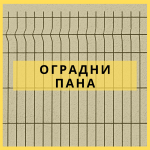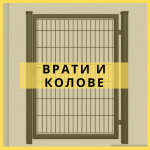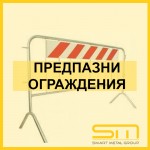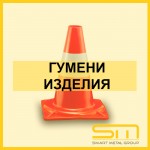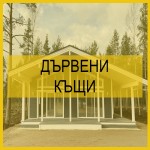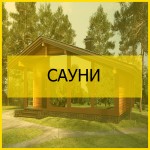-1060x400w.jpg)
Traffic Signs in Bulgaria – Groups and Categories
Traffic signs are an essential part of every transportation system. They ensure order, safety, and clarity on the roads by guiding, warning, and informing road users. Without them, traffic would be chaotic and dangerous for both drivers and pedestrians.
A Brief History of Traffic Signs
The first traffic signs appeared in the late 19th century with the rise of automobiles. Initially, they were simple boards placed by automobile clubs across Europe. In 1903, the UK introduced the first official warning signs, and in 1909, an international conference in Paris standardized four universal hazard symbols.
With the development of road transport, a unified system became necessary. After World War II, the Vienna Convention on Road Signs and Signals (1968) set international standards, adopted also by Bulgaria.
Today, Bulgarian traffic signs are regulated by Regulation No. 18 of the Ministry of Regional Development, divided into several groups and categories based on their functions.
Groups of Traffic Signs in Bulgaria
Group A – Prohibitory Signs
Restrict or prohibit certain actions to ensure safety.
Examples:
A1 – No entry for motor vehicles
A2 – No entry for trucks
A3 – No stopping
Group B – Warning Signs
Indicate possible hazards or road conditions requiring caution.
Examples:
B1 – Dangerous curve
B2 – Uneven road
B3 – Bridge with restrictions
Group V – Information Signs
Provide useful information about routes, destinations, or road conditions.
Examples:
V1 – Town or city information
V2 – Tourist attractions
V3 – Hospital nearby
Group G – Hazard Warning Signs
Warn of unexpected or temporary dangers.
Examples:
G1 – Rough road
G2 – Pedestrian crossing
G3 – Intersection ahead
Group D – Mandatory Signs
Indicate the direction or maneuvers drivers must follow.
Examples:
D1 – One-way traffic
D2 – Mandatory direction
D3 – Detour
Group E – Supplementary Plates
Provide additional explanations about restrictions or conditions.
Examples:
E1 – Speed limit clarification
E2 – Road condition explanation
Group Zh – Parking Regulation Signs
Define parking rules and permissions.
Examples:
Zh1 – No parking
Zh2 – Parking for specific vehicles
Zh3 – Paid parking
Group T – Pedestrian and Cyclist Signs
Define areas for pedestrians and cyclists.
Examples:
T1 – Pedestrian zone
T2 – Bicycle lane
T3 – Shared pedestrian and bicycle area
Conclusion
Traffic signs are the universal language of the road. Knowing their meaning helps prevent accidents and ensures safer journeys for everyone.













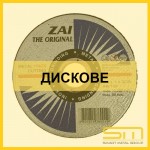
-150x150.png)
